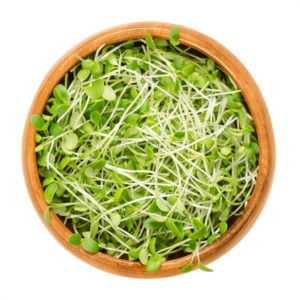 As of February 25, 2020, 14 people infected with the outbreak strain of E. coli O103 have been reported from five states.
As of February 25, 2020, 14 people infected with the outbreak strain of E. coli O103 have been reported from five states.
Illnesses started on dates ranging from January 6, 2020, to February 11, 2020. Ill people range in age from 1 to 79 years, with a median age of 28. Sixty-two percent of ill people are male. No hospitalizations and no deaths have been reported.
Illnesses might not yet be reported due to the time it takes between when a person becomes ill and when the illness is reported. This takes an average of 3 to 4 weeks. Please see the Timeline for Reporting Cases of E. coli Infection for more details.
 Epidemiologic evidence indicates that sprouts from Jimmy John’s restaurants are a likely source of this outbreak.
Epidemiologic evidence indicates that sprouts from Jimmy John’s restaurants are a likely source of this outbreak.
State and local public health officials are interviewing ill people to determine what they ate and other exposures in the week before their illness started. Five of six people (83%) interviewed reported eating at a Jimmy John’s restaurant. Of the six people interviewed, four (67%) remembered eating sprouts on a sandwich from Jimmy John’s.
Jimmy John’s LLC reported that all of its restaurants stopped serving clover sprouts on February 24, 2020. Investigators are working to trace the source of the clover sprouts served at the Jimmy John’s restaurants where sick people ate, and to determine whether other restaurants or retailers received the same clover sprouts.